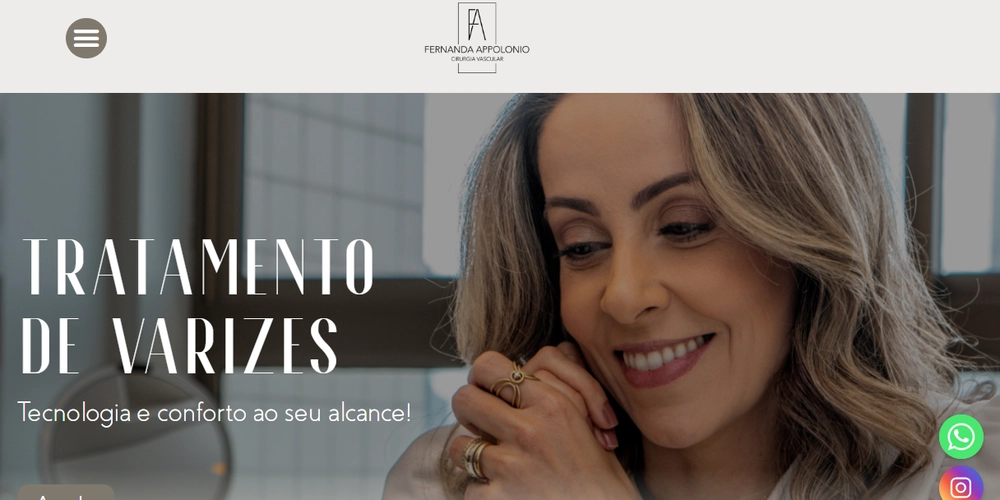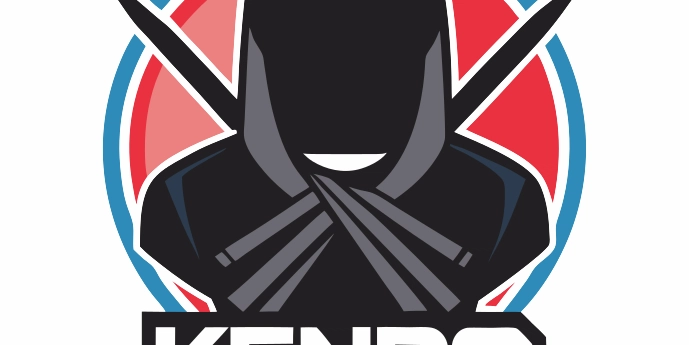Open Source Revenue Generation: Balancing Community and Commerce
Abstract This post explores how open source projects can achieve sustainable funding while preserving community values. We delve into various revenue models—from donations and corporate sponsorships to SaaS solutions and dual licensing—and examine their key features, benefits, and drawbacks. Practical examples, such as the WordPress ecosystem, GitLab, and NFT-integrated projects, illustrate these strategies in action. We also discuss emerging trends like blockchain integration and hybrid funding models, providing a roadmap for developers and organizations seeking to balance community and commerce. Introduction Open source projects have long been the cornerstone of innovation. However, sustaining these community-driven initiatives financially is a challenge. Balancing free, open collaboration with commercial imperatives is crucial. In this post, we explore the variety of revenue models that enable open source projects to remain vibrant and financially independent. Drawing on articles such as Open Source Project Revenue Models, we examine how donations, corporate sponsorships, SaaS offerings, dual licensing, consulting support, merchandising, and even NFT-based strategies can coexist and reinforce one another. Keywords: open source revenue models, donations, corporate sponsorship, SaaS, dual licensing, blockchain integration, NFT projects, funding strategies, sustainable open source. Background and Context The open source movement emerged from a belief in software transparency, collaboration, and collective innovation. Iconic projects like Linux and Apache not only advanced technology but also proved that publicly available code can drive robust, scalable solutions. Over time, however, relying solely on volunteer contributions has proven insufficient as projects grow in complexity and adopters. Historically, open source development was fueled by community goodwill and shared expertise. As user bases expanded, the need for structured funding became apparent. This transformation spurred the evolution of various revenue models that accommodate both community values and commercial needs. The ecosystem now includes: Donations and Crowdfunding: Platforms like Open Collective and Patreon allow communities to donate small recurring amounts. Corporate Sponsorships and Partnerships: Firms recognize that robust open source software is integral to their technology stacks. Programs, such as GitHub Sponsors and partnerships with companies like Red Hat, provide steady income. Software as a Service (SaaS) and Hosting: Services like WordPress.com offer hosted, managed versions of open source software, blending subscription revenue with open access. Dual Licensing: Projects offer both a free and a paid commercial license, satisfying both community contributions and enterprise requirements. Learn more about this approach in this dual licensing guide. Other innovative funding methods integrate cutting-edge technology such as blockchain and NFTs, providing further flexibility and financial independence. The importance of sustainable funding is underscored by voices in the community—from posts on supporting open source developers to discussions within GitHub and Gitcoin communities. As projects navigate financial challenges, they must continuously innovate without compromising transparency or collaboration. Core Concepts and Features Successful open source projects employ a mix of revenue models that do not sacrifice core principles for profit. Below we detail each model, its features, and how they interlock to provide a resilient funding ecosystem. 1. Donations and Crowdfunding Donations provide essential grassroots support and are often managed through online platforms. Key features include: Community Engagement: Direct involvement empowers users to contribute based on value. Transparency: Public donation records build trust. Recurring Revenue: Subscription options enable predictable funding flows. Example: Projects like VLC Media Player have sustained development largely through community donations. 2. Corporate Sponsorships and Partnerships Large enterprises often sponsor projects integral to their operations. Features include: Long-Term Stability: Contracts and sponsorships offer consistent revenue. Strategic Collaboration: Contributions from tech giants spur innovation. Enhanced Reputation: Corporate backing signals quality and reliability. Developers benefit from a model described in Corporate Sponsorship Models and community insights such as The Vibrant World of the Gitcoin Community. 3. SaaS and Hosting Services By offering managed hosting, open source projects can tap into enterprise markets without altering their open source core. The features include: Convenience: Users pay for streamlined, secure hosted services. Scalability: SaaS models cater to organizations of varying sizes. Value Addition: Enhanced secu
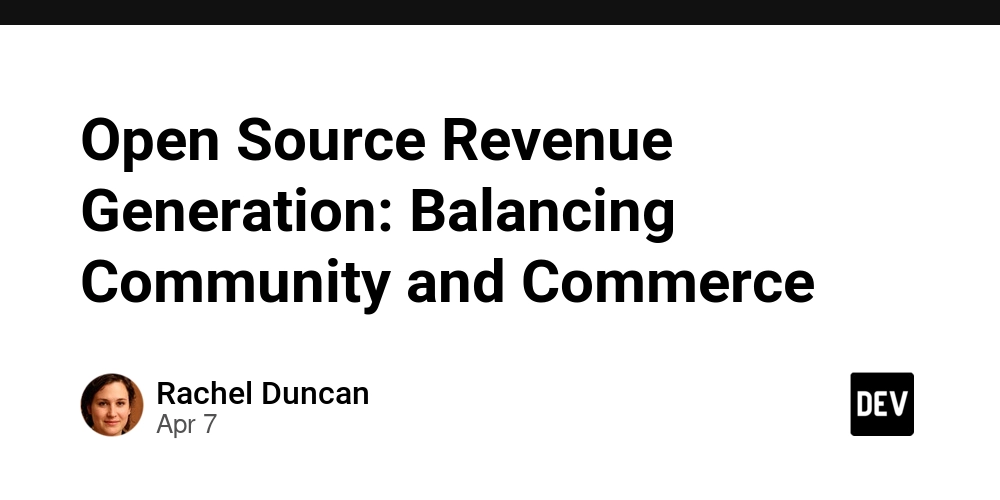
Abstract
This post explores how open source projects can achieve sustainable funding while preserving community values. We delve into various revenue models—from donations and corporate sponsorships to SaaS solutions and dual licensing—and examine their key features, benefits, and drawbacks. Practical examples, such as the WordPress ecosystem, GitLab, and NFT-integrated projects, illustrate these strategies in action. We also discuss emerging trends like blockchain integration and hybrid funding models, providing a roadmap for developers and organizations seeking to balance community and commerce.
Introduction
Open source projects have long been the cornerstone of innovation. However, sustaining these community-driven initiatives financially is a challenge. Balancing free, open collaboration with commercial imperatives is crucial. In this post, we explore the variety of revenue models that enable open source projects to remain vibrant and financially independent. Drawing on articles such as Open Source Project Revenue Models, we examine how donations, corporate sponsorships, SaaS offerings, dual licensing, consulting support, merchandising, and even NFT-based strategies can coexist and reinforce one another.
Keywords: open source revenue models, donations, corporate sponsorship, SaaS, dual licensing, blockchain integration, NFT projects, funding strategies, sustainable open source.
Background and Context
The open source movement emerged from a belief in software transparency, collaboration, and collective innovation. Iconic projects like Linux and Apache not only advanced technology but also proved that publicly available code can drive robust, scalable solutions. Over time, however, relying solely on volunteer contributions has proven insufficient as projects grow in complexity and adopters.
Historically, open source development was fueled by community goodwill and shared expertise. As user bases expanded, the need for structured funding became apparent. This transformation spurred the evolution of various revenue models that accommodate both community values and commercial needs. The ecosystem now includes:
- Donations and Crowdfunding: Platforms like Open Collective and Patreon allow communities to donate small recurring amounts.
- Corporate Sponsorships and Partnerships: Firms recognize that robust open source software is integral to their technology stacks. Programs, such as GitHub Sponsors and partnerships with companies like Red Hat, provide steady income.
- Software as a Service (SaaS) and Hosting: Services like WordPress.com offer hosted, managed versions of open source software, blending subscription revenue with open access.
- Dual Licensing: Projects offer both a free and a paid commercial license, satisfying both community contributions and enterprise requirements. Learn more about this approach in this dual licensing guide.
Other innovative funding methods integrate cutting-edge technology such as blockchain and NFTs, providing further flexibility and financial independence.
The importance of sustainable funding is underscored by voices in the community—from posts on supporting open source developers to discussions within GitHub and Gitcoin communities. As projects navigate financial challenges, they must continuously innovate without compromising transparency or collaboration.
Core Concepts and Features
Successful open source projects employ a mix of revenue models that do not sacrifice core principles for profit. Below we detail each model, its features, and how they interlock to provide a resilient funding ecosystem.
1. Donations and Crowdfunding
Donations provide essential grassroots support and are often managed through online platforms. Key features include:
- Community Engagement: Direct involvement empowers users to contribute based on value.
- Transparency: Public donation records build trust.
- Recurring Revenue: Subscription options enable predictable funding flows.
Example: Projects like VLC Media Player have sustained development largely through community donations.
2. Corporate Sponsorships and Partnerships
Large enterprises often sponsor projects integral to their operations. Features include:
- Long-Term Stability: Contracts and sponsorships offer consistent revenue.
- Strategic Collaboration: Contributions from tech giants spur innovation.
- Enhanced Reputation: Corporate backing signals quality and reliability.
Developers benefit from a model described in Corporate Sponsorship Models and community insights such as The Vibrant World of the Gitcoin Community.
3. SaaS and Hosting Services
By offering managed hosting, open source projects can tap into enterprise markets without altering their open source core. The features include:
- Convenience: Users pay for streamlined, secure hosted services.
- Scalability: SaaS models cater to organizations of varying sizes.
- Value Addition: Enhanced security, performance, and support generate premium revenue.
4. Dual Licensing
Dual licensing balances free access with commercial needs by offering two licensing options: an open version and a proprietary, fee-based version.
- Legal Clarity: Users choose the option that suits their integration or compliance needs.
- Market Expansion: This approach attracts both community users and corporate clients.
- Additional Revenue Streams: Companies requiring proprietary integrations are willing to pay for extra support.
5. Consulting, Support, and Sponsored Development
Professional services complement other revenue streams:
- Expert Assistance: Consulting services help enterprises tailor open source solutions.
- Customization Options: Sponsored development projects address specific business requirements.
- Revenue Diversification: These packages reduce reliance on any one funding source.
6. Merchandising and Digital Goods
Merchandising, including branded apparel and digital collectibles, provides both extra funds and community engagement:
- Brand Building: Merchandise solidifies project identity.
- Fan Support: Collectible items and exclusive content boost community morale.
- Supplementary Income: Even minor revenue contributes to overall sustainability.
Overlapping Concepts and Synergies
Combining multiple models can mitigate risks if one revenue stream falters. For instance, a project might blend donations with corporate sponsorships, or dual licensing with SaaS services. This multi-pronged strategy leads to overall financial resilience.
Table: Revenue Models Overview
| Revenue Model | Key Characteristics | Example Projects |
|---|---|---|
| Donations & Crowdfunding | Community-driven, transparency, recurring funds | OpenSSL, VLC Media Player |
| Corporate Sponsorships | Long-term contracts, strategic collaborations | GitHub Sponsors, Red Hat |
| SaaS & Hosting | Managed services, scalability, premium support | WordPress.com, MongoDB Atlas |
| Dual Licensing | Free core & paid enhancements, legal clarity | Qt, MySQL |
| Consulting & Support | Expert services, customization, sponsored development | Red Hat, GitLab |
| Merchandising & Digital Goods | Brand building, community collectibles | Kubernetes (CNCF Store) |
Bullet List: Core Benefits of Diversified Revenue Models
- Financial Stability: Multiple income streams reduce dependency.
- Enhanced Community Engagement: Diverse contribution methods suit varied supporters.
- Broader Market Reach: Both individual hobbyists and enterprise clients are served.
- Flexibility: Adaptation to market trends such as blockchain integration.
- Resilience: Combined models ensure consistent funding.
Applications and Use Cases
Real-world examples illustrate how these revenue models benefit open source projects.
Case Study 1: The WordPress Ecosystem
WordPress is a shining example of balancing community and commerce. The freely available platform is supported by the WordPress.com hosted service, which offers:
- Managed Hosting: Solving installation and maintenance challenges.
- Premium Themes and Add-Ons: Offering extra features for paying users.
- Dual Licensing: Basic access remains free while additional features are monetized.
This model underscores the importance of combining revenue streams to realize widespread adoption and long-term sustainability.
Case Study 2: GitLab and Corporate Sponsorship
GitLab demonstrates how an open core strategy can work alongside corporate sponsorships:
- Open Core Principle: The essential tool remains open source.
- Enterprise Enhancements: Additional features for large organizations are available through paid options.
- Dedicated Consulting Services: Corporate support and customized development ensure product robustness.
Insights from Financial Backing for Open Source Projects: A Path to Sustainability highlight the effectiveness of this strategy.
Case Study 3: NFT and Blockchain Integrated Projects
Combining open source with emerging technologies, NFT and blockchain projects create innovative funding models:
- Tokenization: Dual licensing is merged with blockchain-verifiable tokens.
- Community-Driven Sponsorships: Projects receive direct funding from enthusiasts and corporate backers.
- Digital Collectibles: Unique digital assets, such as those in the Opulus NFT Collection, add an extra layer of revenue.
These projects exemplify how modern technologies open up new possibilities for monetizing open source work.
Table: Use Cases Overview
| Use Case | Funding Models Employed | Key Outcomes |
|---|---|---|
| WordPress Ecosystem | SaaS, Dual Licensing, Premium Add-Ons | Wide adoption, sustained development, market dominance |
| GitLab | Open Core, Corporate Sponsorship, Consulting | Enterprise-level services and robust community growth |
| NFT & Blockchain Projects | Dual Licensing, Tokenization, Donations | Innovative revenue streams and enhanced financial viability |
Challenges and Limitations
While many revenue models are effective, challenges persist when balancing community ideals and commercial success.
- Balancing Free Access and Commercial Interests: Transparency is key to maintaining community trust. Dual licensing models must clearly differentiate between free and paid features.
- Market Competition and Saturation: With many free alternatives available, projects need a compelling value proposition to justify paid features.
- Technical Challenges: Maintaining hosted solutions (SaaS) requires substantial infrastructure, continuous security updates, and dedicated support resources.
- Legal and Licensing Complexities: Navigating dual licensing and intellectual property laws demands careful legal oversight.
- Adoption Barriers: Monetizing additional features may face resistance from communities accustomed to free access. Projects must communicate changes effectively and iteratively adopt new models.
Future Outlook and Innovations
The evolution of technology promises continued innovation in open source revenue models:
- Blockchain and NFT Integration: With blockchain technology and NFT tokenization growing, open source projects can create transparent revenue channels and secure community contributions. For more insights on blockchain funding, see Blockchain and Open Source Funding.
- Hybrid SaaS Models: Expect SaaS offerings to evolve into hybrid models that integrate on-premise flexibility with cloud features.
- Increased Corporate and Institutional Involvement: As open source projects prove their market value, more corporate sponsorships and grants (e.g., from Gitcoin and similar platforms) will emerge.
- Advancements in Licensing: Evolving legal frameworks will streamline licensing practices, making dual licensing and related models more accessible.
- Community-Driven Innovations: Open source remains powered by community contributions. Enhanced tools for collaboration and fundraising (such as those discussed in Embracing a New Era: Open Source Meets Blockchain) will foster further growth.
Summary
In balancing community and commerce, open source revenue generation requires a diversified approach. By leveraging donations, corporate sponsorships, SaaS, dual licensing, consulting services, and merchandising, projects can secure financial stability without sacrificing their commitment to open innovation.
Real-world examples—WordPress for its managed hosting and premium add-ons, GitLab’s open core with sponsored enterprise features, and NFT-enabled projects merging blockchain with open source ethos—demonstrate these models in action. While challenges such as technical overhead and legal complexities remain, emerging trends such as blockchain integration, hybrid SaaS models, and increased institutional backing offer exciting prospects for the future.
Sustainable funding is not just a necessity but a strategic asset that fuels continuous innovation. Whether you are a developer, project maintainer, or corporate investor, integrating these revenue models will empower open source communities to thrive in an ever-changing technological landscape.
References and Further Reading
- Open Source Project Revenue Models
- Donations for Open Source Projects
- Corporate Sponsorship Models
- Dual Licensing Approach
- Opulus NFT Collection
- Additional insights from community discussions on GitHub Sponsors and articles such as Navigating Open Source Funding Opportunities
By embracing diversified revenue strategies, open source projects can continue to innovate, empower communities, and balance the essential ideals of transparency and collaboration with robust commercial sustainability.






























































![Apple to Source More iPhones From India to Offset China Tariff Costs [Report]](https://www.iclarified.com/images/news/96954/96954/96954-640.jpg)
![Blackmagic Design Unveils DaVinci Resolve 20 With Over 100 New Features and AI Tools [Video]](https://www.iclarified.com/images/news/96951/96951/96951-640.jpg)




















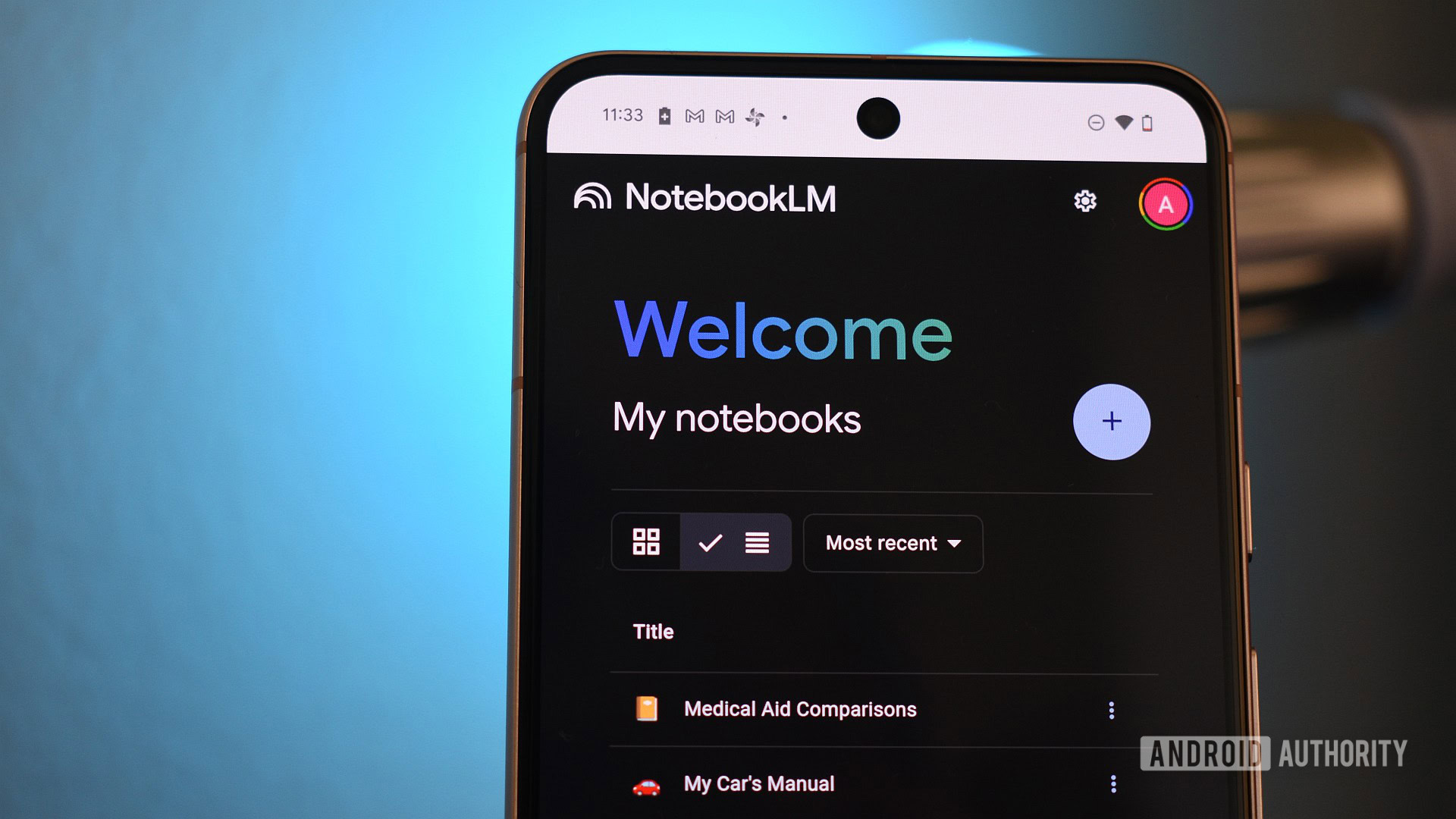
















































































.webp?#)
.webp?#)
.webp?#)




_NicoElNino_Alamy.png?#)




























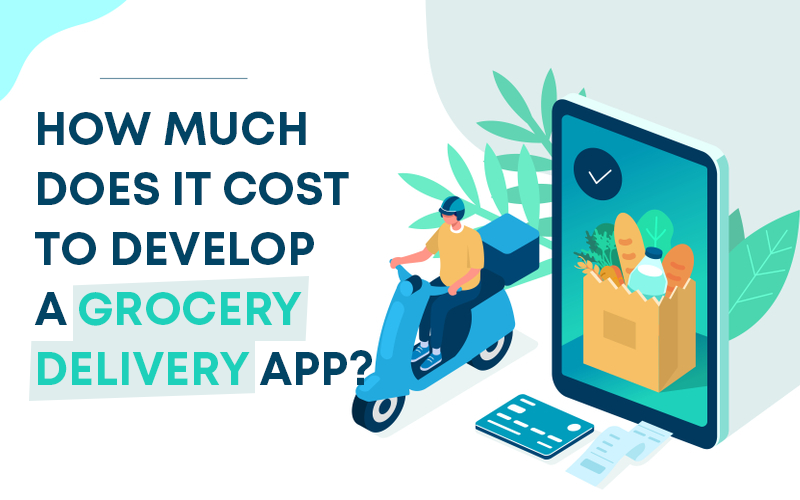














































![[The AI Show Episode 142]: ChatGPT’s New Image Generator, Studio Ghibli Craze and Backlash, Gemini 2.5, OpenAI Academy, 4o Updates, Vibe Marketing & xAI Acquires X](https://www.marketingaiinstitute.com/hubfs/ep%20142%20cover.png)


























































































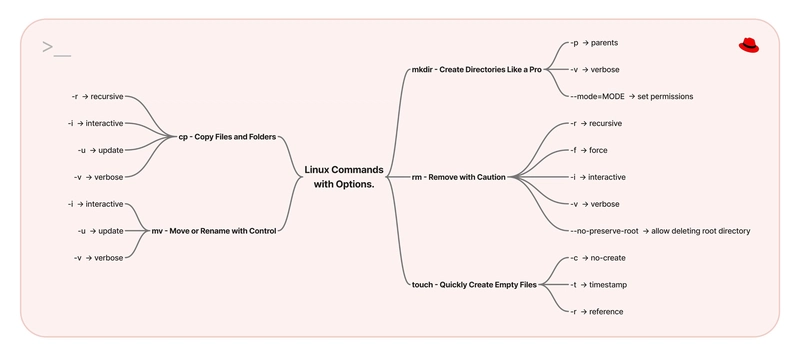
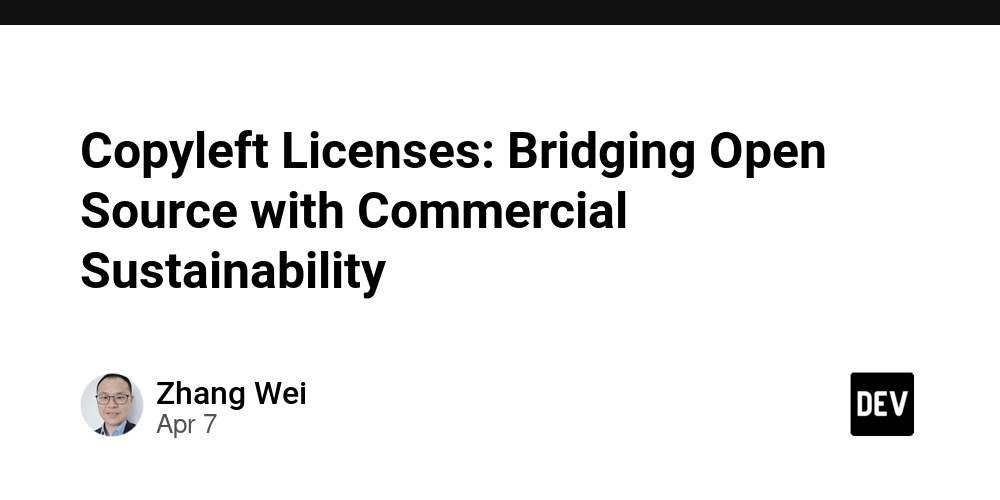
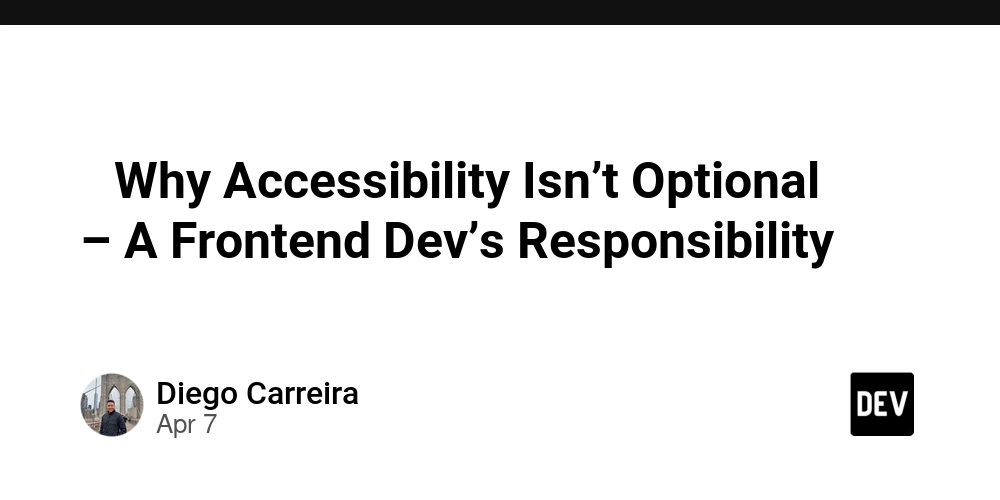






































![From drop-out to software architect with Jason Lengstorf [Podcast #167]](https://cdn.hashnode.com/res/hashnode/image/upload/v1743796461357/f3d19cd7-e6f5-4d7c-8bfc-eb974bc8da68.png?#)






























(1).jpg?width=1920&height=1920&fit=bounds&quality=80&format=jpg&auto=webp#)







.png?#)

















































